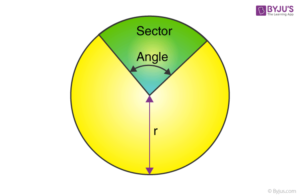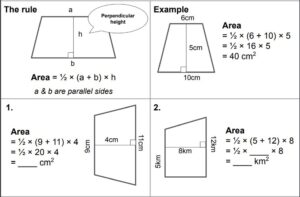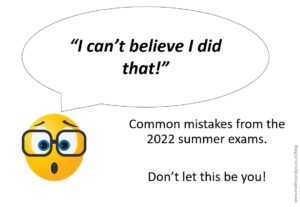Believe it or not this worksheet has been sat in my Inbox since November 2016. I clicked on it and discovered this structured worksheet on finding the area of a sector, just in time to use it with my Year 9 class.
Area of a sector worksheet (pdf)
Area sector answers (pdf)
It worked exactly as I hoped, if not better. The structure helped students develop their skills. The check column ensured students used the exact value form. Interestingly simplifying the fractions caused the biggest issue – just out of practice. I’d recommend doing some work on equivalent fractions and simplifying as a retrieval activity before doing the sheet.




